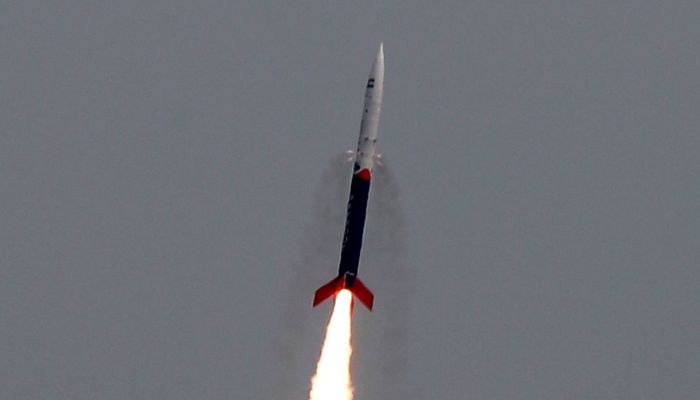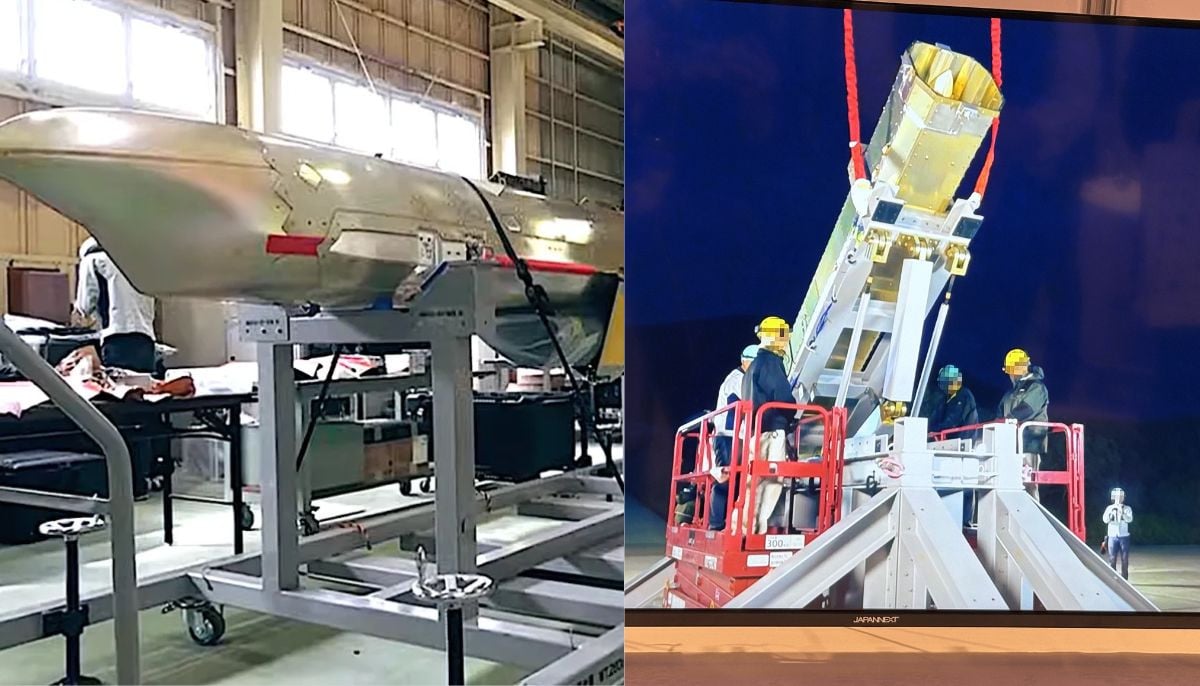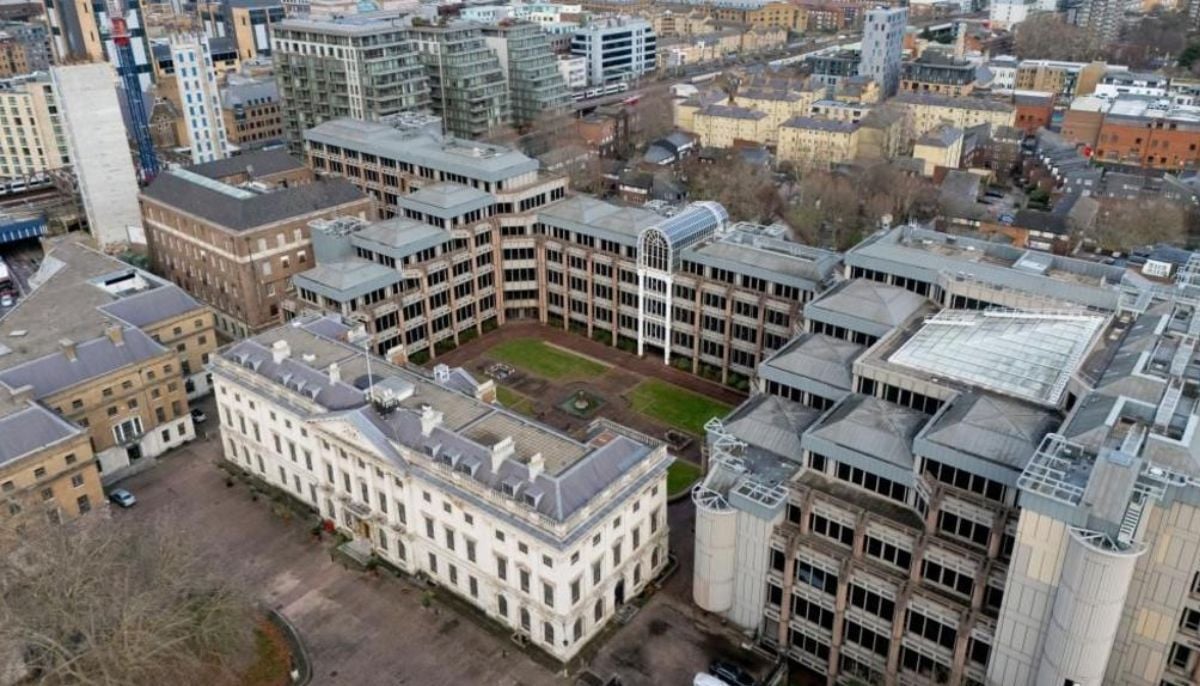First privately built Indian space rocket launches
The half-tonne Vikram-S rocket launched before midday local time and travelled in an arc, live footage showed
CHENNAI: The first privately developed Indian rocket lifted off into the upper reaches of the atmosphere on Friday, in another milestone in the country's push to become a major space power.
The half-tonne Vikram-S rocket launched before midday local time and travelled in an arc, live footage from the Indian Space Research Organisation (ISRO) showed.
It safely splashed down into the sea six minutes later, according to the agency.
The rocket, developed by local startup Skyroot Aerospace, reached a peak altitude of 90 kilometres (55 miles), below the internationally recognised 100-km Karman line that separates Earth from outer space.
"It is indeed a new beginning, a new dawn... in the journey of India's space programme," science minister Jitendra Singh said after the launch to a crowd of cheering technicians at the ISRO's launch facility on the southern island of Sriharikota.
The single-stage, solid-fuel rocket was built with "carbon composite structures and 3D-printed components", the government said Thursday ahead of the first Vikram-S mission, named "Prarambh" ("Start").
India has been bolstering its space programme in recent years, including a crewed mission with Russian backing slated for 2023 or 2024.
Its capabilities and ambitions have grown, highlighted by the success of its rockets and missions beyond Earth.
In 2014, India became the first Asian nation to reach Mars with its Mangalyaan orbiter. Hailed for its low cost, that mission put India in a small club including the United States, Russia and the European Union.
And in 2019, Prime Minister Narendra Modi hailed India as a "space superpower" after it shot down a low-orbiting satellite, a move prompting criticism for the amount of "space junk" it created.
India is also working to boost its 2% share of the global commercial space market.
In October, ISRO´s heaviest rocket yet successfully put 36 broadband satellites in low earth orbit.
Experts say India can keep costs low by copying and adapting existing space technology, and thanks to an abundance of highly skilled engineers who earn a fraction of their foreign counterparts' wages.
-
Japan unveils anti-ship missile with ‘barrel-roll’ evasion to outsmart defenses
-
Missouri couple ‘locked sons in chicken pen, shot them’ in shocking abuse case
-
Chinese ‘mega embassy’ wins UK approval in London ahead of Starmer’s China visit
-
From Chagos Islands to Greenland Trump flags national security risks: Here’s why
-
Church under investigation after anti-ICE protest interrupts worship
-
'I don't care': Trump shrugs off Nobel Prize talk as Greenland tensions escalate
-
Alarming: Rising shark attacks force Australia to close beaches
-
Northern lights glow across US, UK , Europe after ‘rare’ solar storm hits












